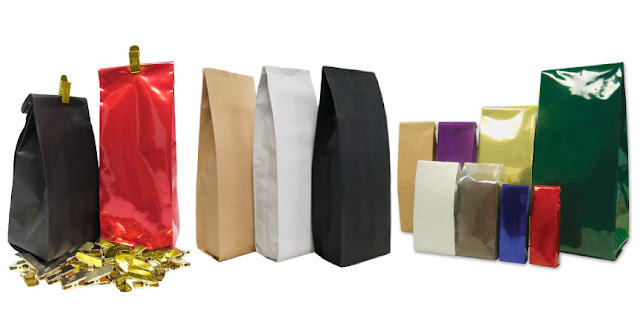Unearthing Insights: Exploring the Global Feldspar Market
 |
| Feldspar Market |
In the world of minerals and natural resources, few substances play as pivotal a role as feldspar. Often overlooked in favor of more glamorous minerals, feldspar is a true workhorse, finding applications across various industries. From ceramics to glassmaking, and from construction to electronics, feldspar is a versatile mineral that underpins many aspects of modern life. In this blog, we delve into the fascinating world of the feldspar market, exploring its uses, trends, challenges, and its vital role in shaping our world.
Understanding Feldspar:
Feldspar is a group of
rock-forming minerals, consisting of aluminum, silicon, and oxygen compounds.
It's commonly found in igneous, metamorphic, and sedimentary rocks, making it
one of the most abundant minerals on Earth's crust. The two most common types
of feldspar are potassium feldspar (orthoclase) and plagioclase, each with
distinct properties that make them valuable in various applications.
Applications and Market Segments:
- Ceramics: One of the primary uses of feldspar
is in the ceramics industry, where it acts as a fluxing agent, lowering
the melting temperature of materials during the firing process. This
property makes feldspar essential for producing tiles, sanitary ware, and
tableware.
- Glassmaking: Feldspar's ability to reduce the
melting point of glass materials is vital in the glass industry. It
enhances the transparency and strength of glass products, making it a key
ingredient in both flat and container glass manufacturing.
- Construction: In the construction sector, feldspar
is utilized in manufacturing building materials such as bricks, tiles, and
cement. Its role as a flux in ceramic products contributes to the strength
and durability of these materials.
- Paints and Coatings: Feldspar's unique chemical
properties find their way into paints, coatings, and fillers, improving
their resistance, opacity, and longevity.
- Electronics and Metallurgy: High-purity
feldspar is used in the production of electronic components, including
capacitors, insulators, and semiconductors. It also finds applications in
metallurgical processes.
Market Trends and Growth Drivers:
The feldspar
market is influenced by a multitude of factors, including urbanization,
industrialization, and technological advancements. As developing countries
continue to invest in infrastructure and construction, the demand for
feldspar-powered materials remains robust. Additionally, the electronics
sector's expansion, particularly with the rise of smart devices and renewable
energy technologies, continues to drive demand for high-quality feldspar.
Challenges and Sustainability:
While the feldspar market
presents numerous opportunities, it also faces challenges, particularly
regarding environmental and social concerns. Extracting feldspar from mines can
have ecological impacts, and there is increasing pressure for sustainable
mining practices. Efforts are being made to reduce the environmental footprint
and promote ethical mining standards within the industry.
The feldspar market, often overshadowed
by its more glamorous counterparts, plays an indispensable role in modern
society. From the shimmering glass skyscrapers that adorn urban landscapes to
the ceramics that grace our dining tables, feldspar quietly shapes the world
around us. As industries continue to evolve and the world becomes more
conscious of sustainability, the feldspar market is poised for innovation and
positive change, ensuring its continued relevance in the global economy.



Comments
Post a Comment